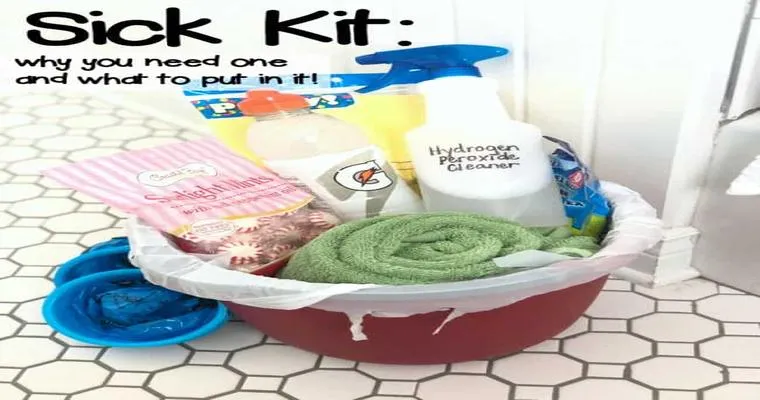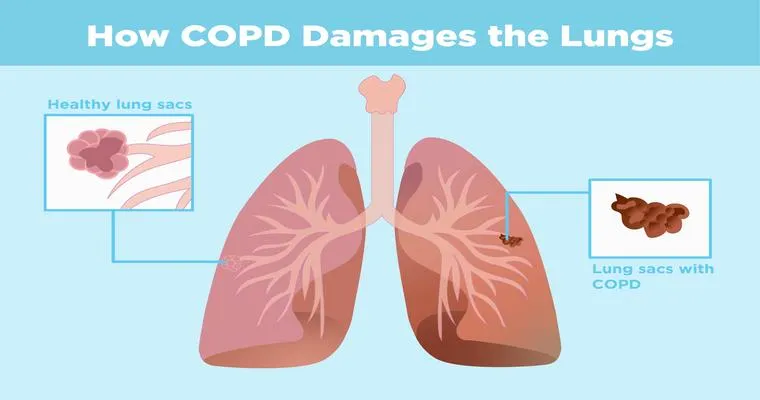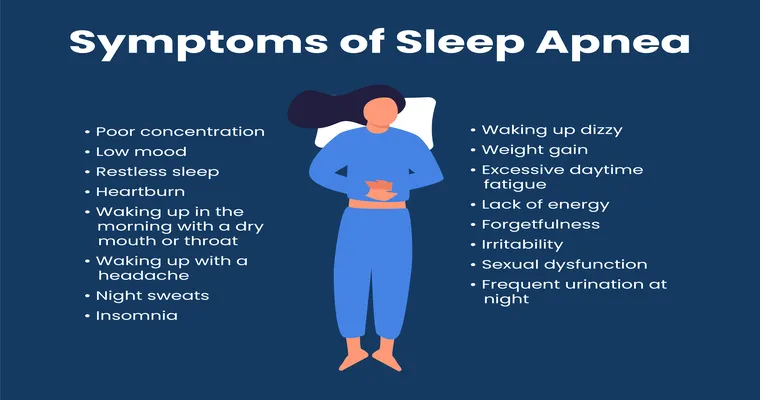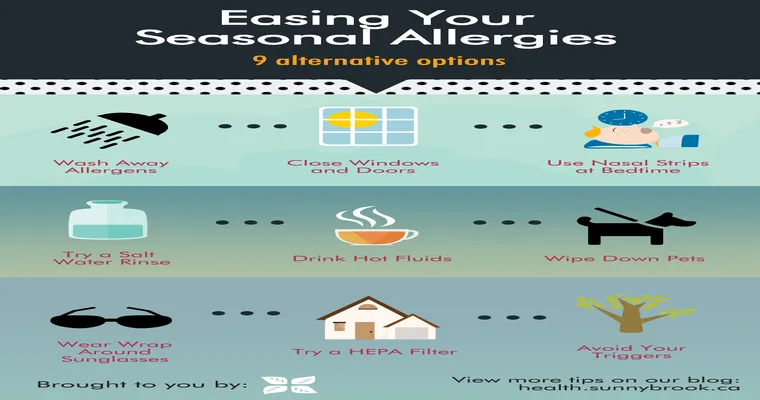When it comes to maintaining a healthy home, many people overlook the potential dangers lurking in everyday "household items". From cleaning supplies to common furniture, certain products can contribute to a variety of health issues for your family. In this article, we will explore six household items that could be making your family sick and suggest alternatives to ensure a safer living environment.
1. Cleaning Products
Many "cleaning products" contain harmful chemicals that can release toxic fumes. Ingredients such as ammonia and bleach can cause respiratory problems, skin irritation, and other health issues, especially in children and pets. Opt for natural cleaning solutions like vinegar and baking soda, which are effective and much safer for your family.
2. Air Fresheners
While they may mask unpleasant odors, conventional "air fresheners" often contain volatile organic compounds (VOCs) that can lead to headaches, dizziness, and even long-term respiratory problems. Instead, consider using essential oils or simply opening windows to let in fresh air, which can improve indoor air quality without harmful side effects.
3. Non-Stick Cookware
The convenience of "non-stick cookware" comes with a hidden danger. Many non-stick pans are coated with polytetrafluoroethylene (PTFE) or perfluorooctanoic acid (PFOA), both of which can release toxic fumes when heated. Look for alternatives made of stainless steel, cast iron, or ceramic that do not pose any health risks.
4. Synthetic Fabrics
Synthetic fabrics, such as polyester and nylon, are common in many household items, including bedding and upholstery. These materials can emit harmful chemicals and contribute to allergies and skin irritation. Consider switching to natural fibers like cotton, linen, or wool, which are more breathable and healthier for your family.
5. Moldy Shower Curtains
Mold and mildew can thrive on "shower curtains", especially those made of plastic. Exposure to mold can trigger allergies and respiratory issues. To prevent this, choose a mildew-resistant curtain made from natural fibers or wash your plastic curtain regularly. Additionally, ensure your bathroom is well-ventilated to reduce moisture buildup.
6. Old Pillows and Mattresses
Over time, "pillows" and "mattresses" can accumulate dust mites, mold, and allergens that can negatively impact your family's health. It is recommended to replace pillows every 1-2 years and mattresses every 7-10 years. Look for hypoallergenic options to further reduce the risk of allergies and respiratory issues.
In conclusion, being aware of these common household items can help you create a healthier living environment for your family. By replacing or modifying the use of these items, you can significantly reduce health risks and promote overall well-being. Prioritize your family's health by choosing safer alternatives and maintaining a clean, toxin-free home.





